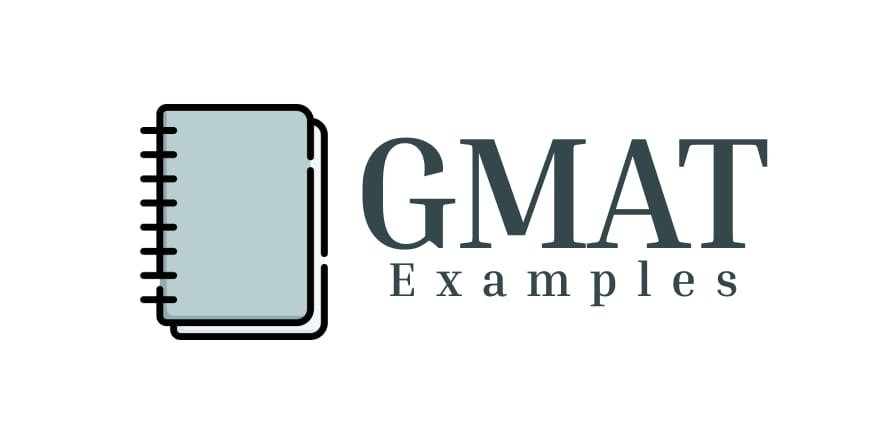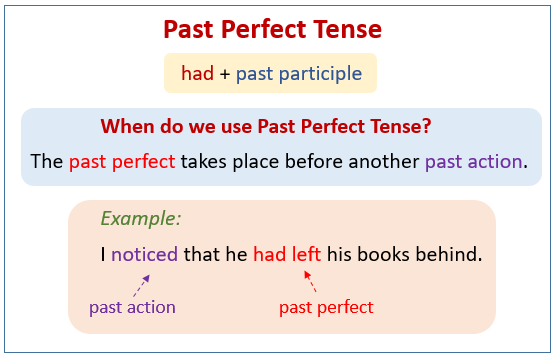This is a follow up read to the GMAT sentence correction blog that builds upon verb tenses and their types. While verbs define the state of action or being, tenses represent this information with respect to the present timeline. So with GMAT tenses, we will be able to grasp tenses and the corresponding usage mistakes which will be useful for the sentence correction section directly. Notes will also be useful for other verbal sections.
Verb Tenses Types
- Past Tense: As the name suggests, this discusses things that have already happened.
- Present Tense: These discuss, things that are happening.
- Future Tense: This talks about what will happen in the future or going forward.
These further split into sub-categories simple, progressive/continuous and perfect. So, these 9 combinations create all variants tested with the exam and are best represented with the example below.

Simple Tenses
These describe facts or events which are true in the present, were true in the past and will be true in the future as well.
- General Facts/Universal Truths: e.g. The sky is blue in colour.
- General properties of an entity e.g. Leaves are green in colour.
- Other facts true in the present context e.g.
Simple past represents events that were true in the past but also necessarily true now. Simple future is used to represent actions/verbs that will happen in future e.g. Rahul will visit Delhi on Sunday.
The different tenses and forms can also be used to contextualise the certainty of events.
- Simple Present Tenses represent facts, rules: e.g. When Sachin plays, the opponents are under pressure.
- Simple Future Tense represents a certainty: e.g. If Sachin plays, the opponents will be under pressure.
- Simple Future Tense (may) represents uncertainty: e.g. If Sachin plays, the opponents may be under pressure.
Progressive Tenses
This tense is used to represent events that have an ongoing nature of the occurrence. It can also be used to clarify the timing between events.
- The ongoing nature of an event: e.g. Rahul is playing PS4. This is a progressive tense depicting the fact that he is playing PS4 at this very moment. Rahul plays PS4 represents a habit and is a simple tense. Generally true but not necessarily at the moment.
- Simplicity in usage: GMAT Tenses scope of interest prefers the usage of simple sentences. This basically means, when denoting universal truths. Simple tenses should be used over progressive tenses though grammatically both are correct.
Perfect Tenses
Perfect tenses are when denoting the timeline of an event with respect to another event.
Perfect tenses consist of using the right form of has and the past form of the verb. In the above case, it is ‘had left’. We used the past form of has: had and the verb left.
- e.g. Rahul visited Delhi, a city that had been ravaged by covid. Here, the timing between the visit and the covid impact has been sequenced by using past perfect tense with ravaged.
- This sequencing can also be clarified using sequence markers such as before, after etc.
- The timing can also be inferred using events that are a cause and effect of each other. In every other case, we will need a perfect tense.
It will be incorrect to use Perfect Tense when the sequence of events is clear and can be inferred. e.g. Shobit is missed by his parents after he died. It cannot be after he had been dead.
Future Perfect tense refers to the earlier of the two events that will happen in the future. On the other hand, the present perfect tense is used to refer to events that happened recently and the effect can still be felt to date. It can also be used for events that happened in the past and still continue into the future.
Simple Past Tense Vs Past Perfect Tense
Simple Past tense is used when we have a single event while past perfect tense is used to represent or mark the earlier of the first event.
The past perfect tense is also needed when we are representing an event with an event marker in terms of date, timeline etc. Without the time marker, we should use the past tense. On the other hand, with a market, past perfect tense should be used.
This sequencing of events is not necessary when the events are not connected or when the sequence of events is clarified using other markers such as when etc. e.g. Rahul had visited Delhi at the start of 2020 vs Rahul visited Delhi before the start of 2020.
In the short past, the perfect tense is needed when the sequence of events needs to be clarified while its usage is incorrect if the sequence of events is clarified through any of the other means such as keywords when, after, before etc.
The perfect tense is also needed for the if statement. If the condition happens, then the outcome occurs. The outcome is past the perfect tense.
Simple Past Tense vs Present Perfect Tense
The difference here is that the present perfect tense continues to be true even in the present but started sometime in the past. An entity denoting an event that started in the past and continued in the present should be represented with the present perfect tense.
e.g. Since within etc could be indicators for the same.
Common GMAT Tenses Errors
To be continued …

